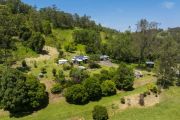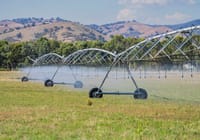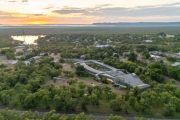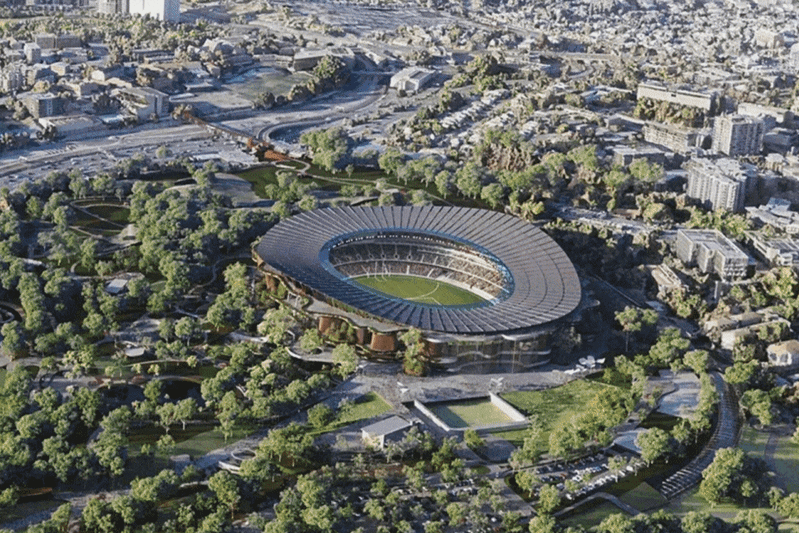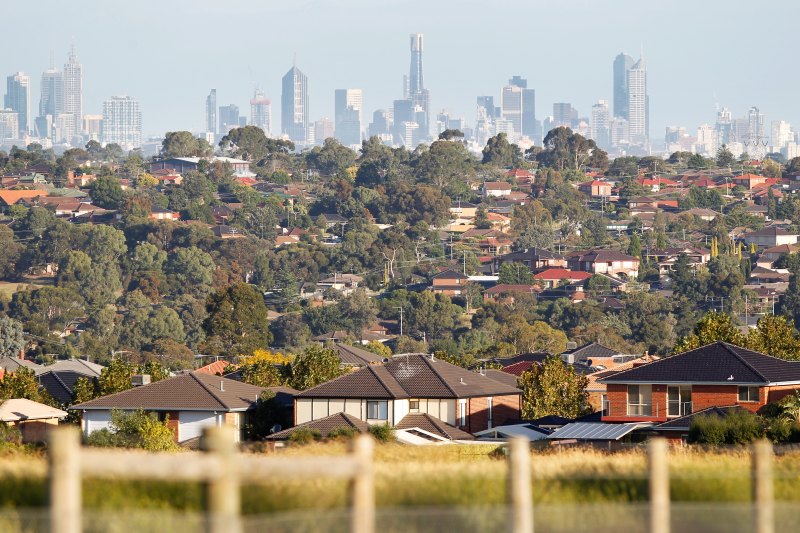
Developers aren’t building apartments – and it’s getting worse
Home building will pick up to $120.2 billion over the next two years as some constraints in labour and materials supplies ease, but the increase will come from detached houses even as the contribution of new apartments and townhouses diminishes, the Australian Construction Industry Forum says.
The 6 per cent increase in the value of residential construction from $113.4 billion this financial year reflects an extra $6.8 billion worth of work in detached houses that ACIF has added to the pipeline since its last forecasts six months ago – and a $4.4 billion cut in its outlook for attached homes.

“It’s very, very expensive to build apartments,” Nerida Conisbee, ACIF’s Construction Forecasting Council chair and chief economist, told The Australian Financial Review.
“Many projects aren’t going ahead, whereas for variety of reasons detached housing is looking a lot more positive. It’s on the fringes, it’s quicker and easier to build.”
In aggregate, the peak industry body’s latest forecast for this year of $299.3 billion worth of work across all sectors of construction – residential, non-residential and engineering construction – is little changed. Nor are any of its medium-term estimates of total production.
But the changing mix of projects expected to come on stream in the next few years has changed, with the expected value of new apartment construction weaker each year than it was six months ago, while detached houses and alterations are up more strongly.
It’s a worrying turn for a country that needs more, denser homes – not necessarily apartment towers but medium-rise and townhouse developments in existing suburbs – to tackle a chronic undersupply of housing and to ensure longer-term affordability.
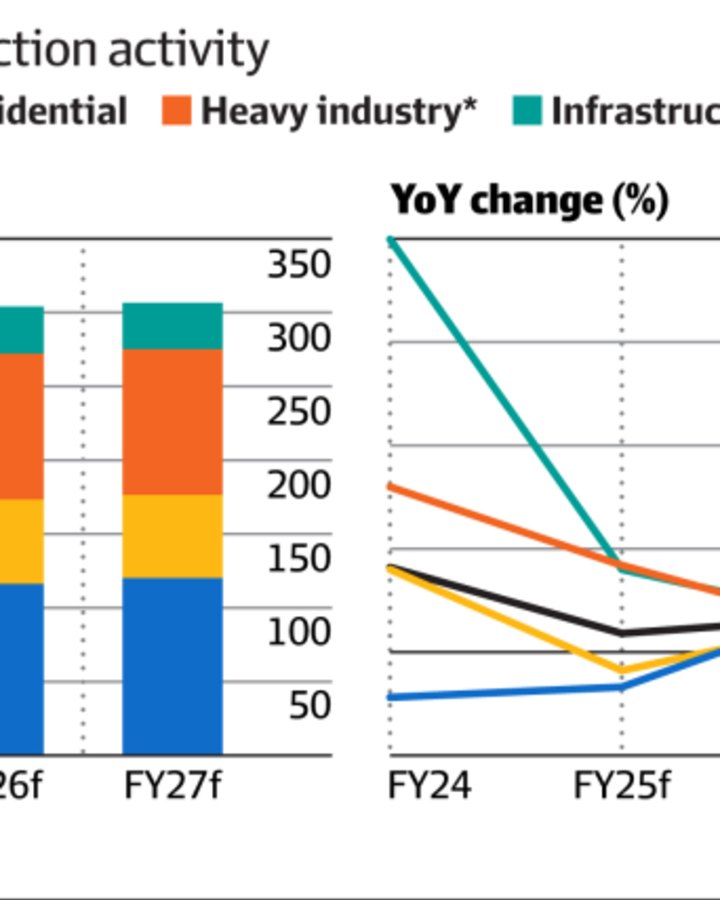
The current focus on detached homes, predominantly in new greenfield sites on the edges of metropolitan areas, made the bigger-picture goal harder to achieve, Ms Conisbee said.
“It does mean there will be more urban sprawl,” she said. “Trying to get affordability in inner-urban areas is further off. We do need to become a more dense country and this just pushes it further and further away.”
The pipeline for non-residential construction softened to the tune of about $5.8 billion over the three years to FY27, largely due to less predicted spending on health and aged care facilities over the time frame in Queensland, where the previous Labor state government had started an $11.2 billion, six-year health infrastructure program.
Activities such as health and aged care will face delays in building out against the previous surge in approvals, especially in Queensland where the change in government will place a brake on budget expenditure, ACIF said.
The forecasting body’s aggregate pipeline for engineering construction was also little changed, but the headline figure hides a $12 billion reduction in forecast spending on roads over the three years to FY27, offset by pickups in investment in the electricity transition to renewable sources of power, on bridges, railways, water and sewerage infrastructure.
Ms Conisbee, also Ray White Group’s chief economist, said that for the mix of housing in the pipeline to change to include more so-called attached homes, costs had to reduce and the prices of established homes also needed to increase.
“If you’re in a [home in a] suburban area and looking to buy an apartment, it’s far cheaper to buy something that’s already built than something that’s going to be constructed,” she said. “That gap needs to decrease.”
Planning restrictions were less of an impediment to housing development than costs, Ms Conisbee said.
“I think planning’s okay,” she said. “Many developers would say it’s not okay, but of all the things it’s the least of the problems. Planning does move pretty well at the moment.”

